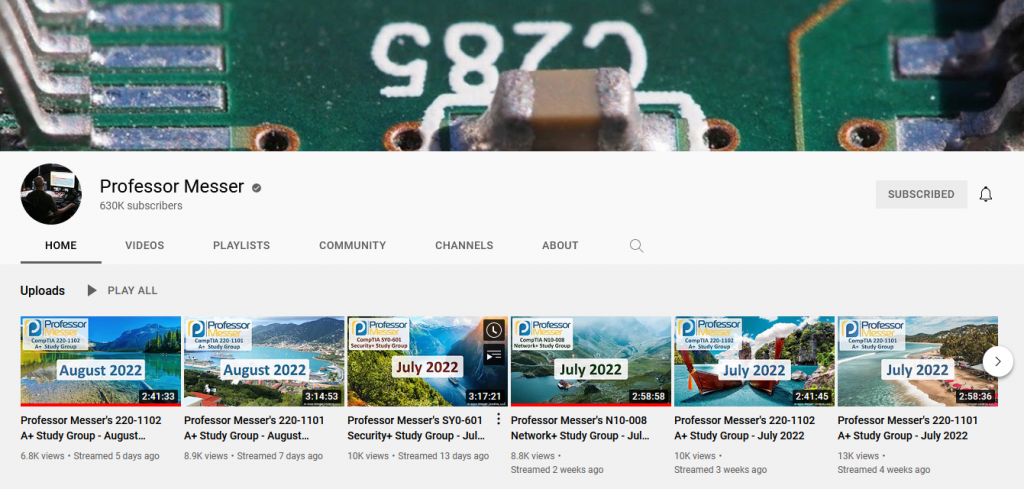Using the CompTIA troubleshooting model to fix a simple problem.
Troubleshoot – Kali Install on Macbook unable to use Wireless Adapter.
1. Identify the problem
- After installing Kali Linux on my old (2011) Macbook Pro laptop everything seems to be working good except there is no option to enable WiFi.
- lspci command shows that there is an entry for Network Controller:
- Broadcom Inc. BCM4331 802.11a/b/g/n
- The Network Settings feature does allow setting for a wireless connection to be set up but so far this has had no effect on creating an actual Wireless connection.
2. Establish a theory of probably cause
- The install of Kali somehow didn’t include the necessary software/drivers to operate the adapter.
- Kali linux isn’t compatible with the adapter.
- The manual set up of a wireless connection in Kali has not been done correctly.
- In the Network Connections edit dialogue box the options available for Band are a, b and g. There is no option for n or ac. The router that we are trying to connect to is transmitting on b, g, and n however.
- Disable DHCP and setting a manual IP address has no effect.
3. Test theory
- Find and install driver for the adapter
- Some googling found: sudo apt install firmware-b43-installer
- This worked. After a restart the laptop connected to the Cisco48530 AP.
4. Establish a plan to resolve the problem
- Use – sudo apt install firmware-b43-installer
- Restart the laptop
5. Implement this solution
6. Verify full system functionality
- Setting this command produced a flurry of activity in the command window.
- Finishing with no errors or fail notices
- After restarting the computer the WiFi was fully functional.
7. Document
- So this was a simple driver missing or update that was required after the installation of Kali.
- Presumably because I was installing Kali into a 11 year old machine and a Mac as well the wireless adapter was not in the list of drivers included in the Kali installation.
- A simple install of the correct driver fixed the problem.


